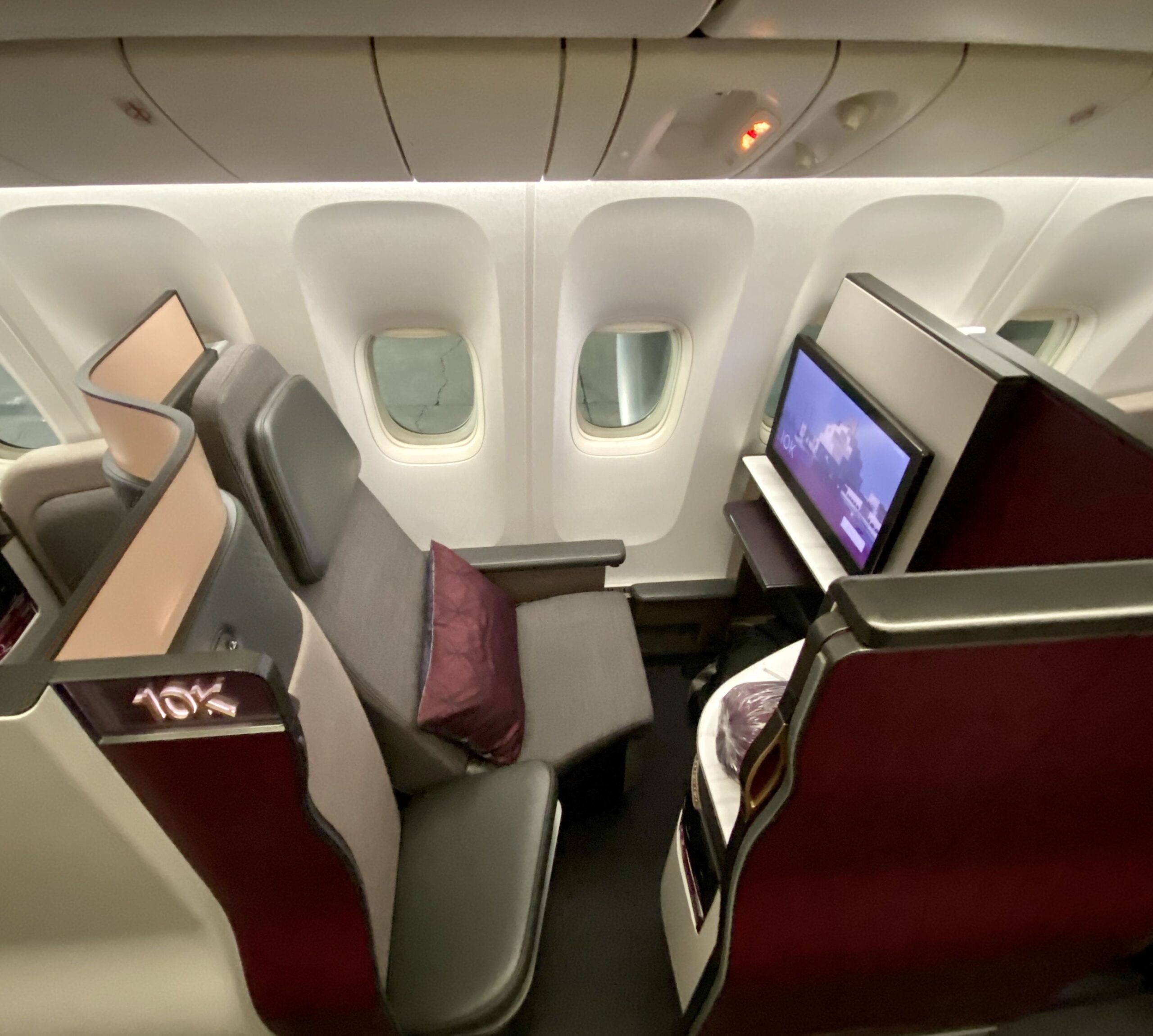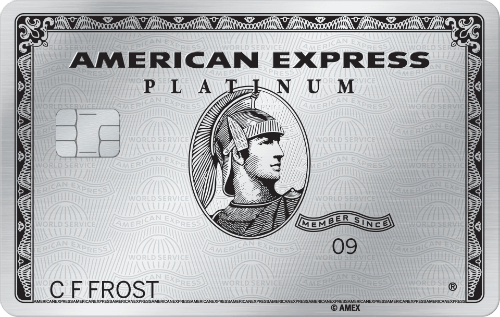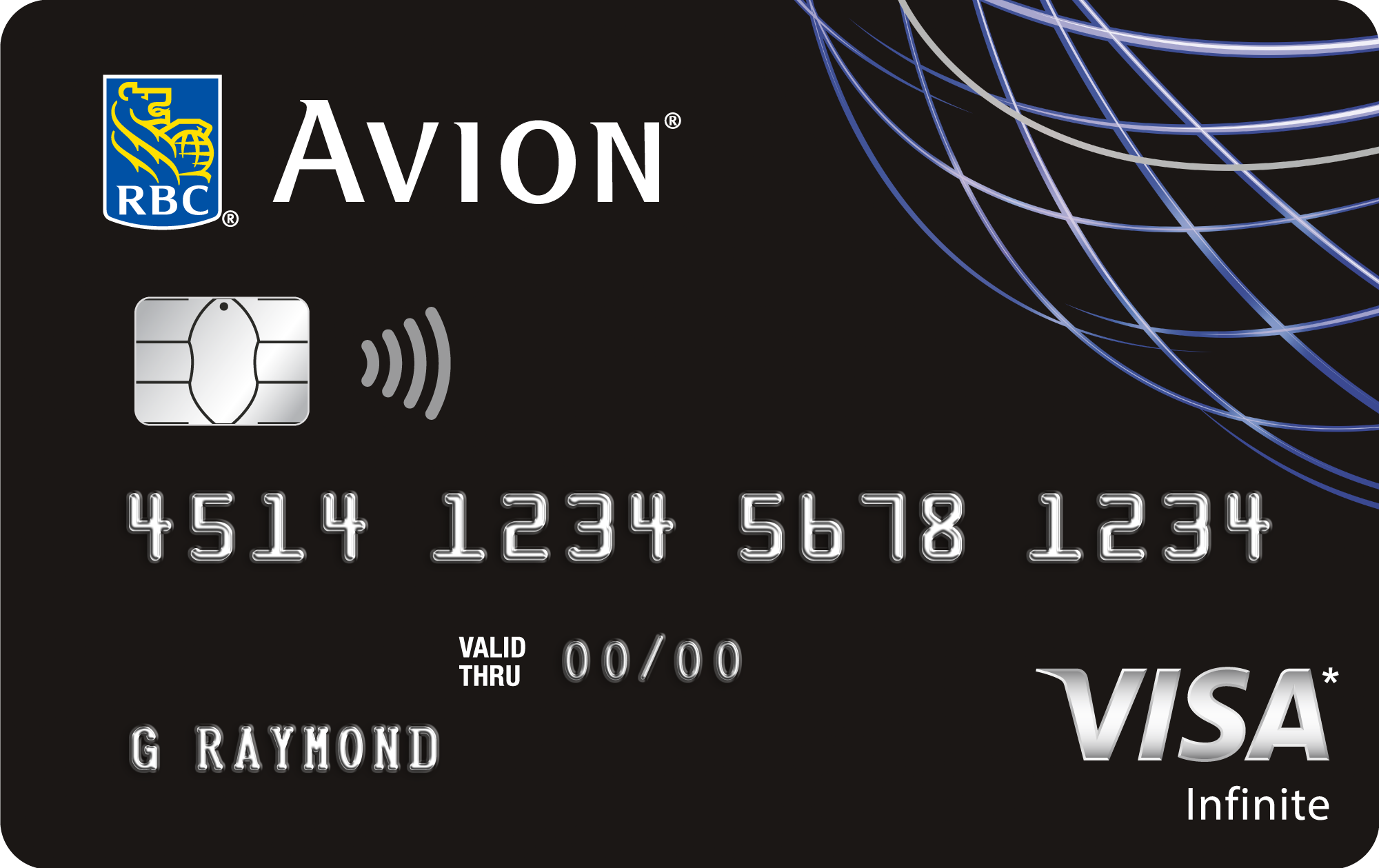Table of Contents
Points Miles and Bling (blog) contains referral or affiliate links. The blog receives a small commission at no additional cost to you. Thank you for your continued support. Credit Card issuers are not responsible for maintaining or monitoring the accuracy of information on this website. For full details, current product information, and Terms and Conditions, click the link included.
Credit Card Strategy – Introduction
In this second part of our series on building an effective Credit Card Strategy, we’ll explore the various types of travel rewards credit cards – focusing on the different points and miles currencies you can earn. This guide also covers essential strategies for optimizing your spending to unlock welcome offers while minimizing your credit card fees. By understanding these nuances, you’ll be better equipped to leverage your credit cards to enhance your travel experiences and maximize the value of your points and miles.

The Bodrum Edition – Exterior
Credit Card Strategy – Types of Credit Cards
The Canadian credit card market offers a wide variety of travel cards tailored to different needs and preferences. Depending on your travel style and goals, you can earn various types of points and miles currencies. Here are the different types:
- Airline Miles
- Hotel Points
- Fixed Points
- Flexible Points
Airline Miles
Travel isn’t just about the destination – it’s also about the journey! One way to elevate your travel experience is by earning airline miles through frequent flyer programs. These miles can be redeemed for flights, allowing you to enjoy business and first-class experiences you might not otherwise splurge on with cash. Co-branded airline credit cards can quickly boost your mileage balance, enabling you to redeem them for aspirational travel experiences while keeping your out-of-pocket costs low.
Which credit cards earn airline miles?
Several credit cards offer the ability to earn airline miles across the three major airline alliances: Star Alliance, Oneworld, and SkyTeam. Here are some examples:
Oneworld
- RBC British Airways Visa Infinite card
- Neo Cathy World Elite Mastercard
SkyTeam
- Brim Air France KLM World Elite Mastercard
Star Alliance
- American Express Aeroplan card and Reserve card
- TD Aeroplan Visa Platinum, Visa Infinite and Infinite Privilege cards
- CIBC Aeroplan Visa, Visa Infinite, and Infinite Privilege cards
Other
- RBC WestJet Mastercard and RBC WestJet World Elite Mastercard (partnership with various SkyTeam airlines)

Qatar Airways Qsuite
Hotel Points
If hotel stays are a significant part of your travel budget, hotel points can be a game changer. Earned through hotel loyalty programs, these points can be redeemed for free stays and even room upgrades. By using hotel co-branded credit cards, you can significantly lower your expenses while opening up opportunities to stay at high-end properties that might otherwise cost thousands of dollars. These points not only make travel more affordable but also provide you with the chance to indulge in upscale accommodations.
Some of the major hotel loyalty programs include:
- Marriott Bonvoy
- Hilton Honors
- World of Hyatt
- IHG Rewards
- Accor Live Limitless (ALL)
- Best Western Rewards
- Choice Privileges
- Wyndham Rewards
However, of the hotel chains listed above, only one has a co-branded credit card option in Canada:
Marriott Bonvoy
- Marriott Bonvoy American Express card
- Marriott Bonvoy Business American Express card
To accumulate hotel points for other programs, you can earn them slowly by booking cash stays directly through these hotels. Another option is to purchase points outright, especially during promotional bonus offers that increase their value. Some airlines and retailers also partner with hotel loyalty programs to earn hotel points. For example, you can link your Lyft rideshare app to Hilton Honors to earn Hilton points. For those with access to U.S. credit cards, there’s a much wider range of co-branded hotel credit cards available, providing more opportunities to earn and redeem hotel points.

Hotel Alfonso XIII Seville, Spain
Fixed Points
Fixed points are a straightforward reward currency with a set cash value, such as 2%. Once you’ve accumulated a healthy points balance, you simply use these points to offset travel expenses, either partially or fully. The beauty of fixed points is their simplicity. They’re a reliable and predictable way to reduce travel costs without worrying about award availability or fluctuating redemption rates that are dynamically priced.
They’re particularly useful for offsetting hotel expenses, especially given that hotel co-branded credit cards are limited in Canada. However, their usefulness extends beyond hotels, as you can apply fixed points to cover other travel purchases, such as car rentals, train tickets and more. For more details on fixed points redemption values and possibilities, check out Loyalty Program Strategy – Part 2.
Examples of credit cards with Fixed Points currencies:
- Scotiabank Passport Visa Infinite Card
- Scotiabank Gold American Express
- Scotiabank Platinum American Express Card
TD Rewards Points
- TD Rewards Visa Card
- TD Platinum Visa Card
- TD First Class Visa Infinite Card
- TD Business Travel Visa Card
CIBC Aventura Points
- CIBC Aventura Visa Infinite Card
- CIBC Aventura Visa Infinite Privilege Card
- CIBC Aventura Visa Card for Business

Scene+ Points
Flexible Points
Turning to flexible points, these are the most versatile points currency. They offer a wide range of redemption options to suit your travel goals. These points can be transferred to various airline and hotel loyalty programs or used as fixed points to offset travel expenses directly. This flexibility gives you more ways to maximize your rewards.
Flexible points currencies come in two flavours in Canada:
- American Express Membership Rewards
- RBC Avion Points
Membership Rewards (MRs)
Think of Membership Rewards as a combination of airline miles, hotel points and fixed points all rolled into one. With MRs, you have the flexibility to transfer your points to numerous airline frequent flyer programs and select hotel loyalty programs. Alternatively, you can use them as a statement credit to cover travel purchases, much like fixed points. This is in addition to other redemption options discussed in more detail in Loyalty Program Strategy – Part 2.

MR Airline Transfer Partners:
- Air Canada Aeroplan
- Air France KLM Flying Blue
- Cathay Pacific Asia Miles
- British Airways Executive Club
- Delta SkyMiles
- Etihad Guest
MR Hotel Transfer Partners:
- Marriott Bonvoy
- Hilton Honors
Popular Cards that Earn MR:
- American Express Platinum Card
- American Express Gold Card
- American Express Green Card
- American Express Cobalt Card
Avion Points
RBC’s Avion points differ from MR points in that they offer various tiers. The type of Avion points tier you earn depends on which RBC Avion credit card you hold. The top tier, Avion Elite, is the most valuable since it provides the flexibility to transfer to several airline frequent flyer programs. Unlike MR, though, there is no option to transfer to hotel loyalty programs.
 Avion Airline Transfer Partners:
Avion Airline Transfer Partners:
- American Airlines AAdvantage
- British Airways Executive Club
- Cathay Pacific Asia Miles
- WestJet Rewards
Credit cards that earn Avion Elite Points:
- RBC Avion Visa Infinite
- RBC Avion Visa Infinite Privilege
- RBC Avion Visa Infinite Business
- RBC Avion Visa Business
In a nutshell, each type of points currency has its own advantages, so choose the ones that best aligns with your travel goals and preferences.
Credit Card Strategy – Paying the Credit Card Tax
In the Loyalty Program Strategy series, you discovered how to use points and miles to fly in premium cabins for a fraction of the cost. While these types of redemptions present exceptional value, they aren’t entirely free—since taxes and fees still apply. Another cost to consider is the annual fee on a credit card, which I like to call the “credit card tax.”
The reality is that many travel credit cards come with either a monthly or annual fee. You may have an aversion to paying credit card fees, but if you redeem your points and miles effectively, you’ll enjoy outsized value that will far outweigh the cost. By strategically leveraging points and miles, the savings can be significant compared to paying for all your travel in cash.
Premium cards, in particular, have high annual fees – up to $799. One notable example is the American Express Platinum card. You may scoff at paying such a significant fee, but these cards usually award large welcome offers of 100,000 points or more. If you’re aiming to quickly boost your frequent flyer account, this is one way of getting there!
To make up for the high fee, the card comes with a host of benefits, such as airport lounge access, hotel status benefits and travel credit. For frequent travellers, perks like these may justify the cost alone. Ultimately, only you can decide how much you’re comfortable spending on annual fees.

Ways to Minimize Annual Fees
The good news is you don’t always have to pay fees to earn miles and points. Many mid-tier credit cards often run promotions offering a First Year Free (FYF) deal, meaning you won’t incur a fee for the first year. One such amazing offer at the time of this post is the TD Aeroplan Visa Infinite card.
If you enjoy haggling, you can try negotiating with the bank to get your annual fee waived or partially rebated, especially if you’re renewing the card for another year. Another option to explore is that several banks, such as TD, CIBC and BMO, will provide an annual fee waiver for one card if you do your banking with them, depending on the chequing account or investment portfolio you have with them.
Some credit card issuers, like RBC and American Express, also have periodic offers where you can earn statement credits or bonus points for spending at specific retailers. For example, I recently received an offer on one of my American Express cards: spend $250 at a Marriott Bonvoy hotel and get a $60 credit. While not all offers are as attractive, taking advantage of a few throughout the year can help at least partially offset the card’s annual fee.
In the end, it comes down to maximizing the value of your travel reward redemptions by leveraging welcome offers from credit cards. Yes, there is a cost, but it’s often cheaper than paying for an airline ticket in cash or buying points and miles directly from loyalty programs. As the saying goes, “you have to pay to play”, but with the right strategy, you’ll find it very rewarding.

Image Credit: socialmediaseo.net
Credit Card Strategy – Having a Plan for Meeting Minimum Spend Requirement
Generally, many travel rewards credit cards come with a Minimum Spend Requirement (MSR) that you must meet to unlock the full welcome offer. While some cards offer the welcome bonus after just a single purchase, the majority require you to spend a specific amount within the first few months. Some cards have stricter conditions, requiring a monthly MSR throughout the first year to earn the bonus.
In some cases, the requirements are even more demanding, where you may need to meet spending requirements in the 13th or 14th month of card ownership, ensuring you renew the card for a second year to receive the full welcome offer. Being aware of these requirements is essential to plan your spending accordingly.
Meeting MSR can be challenging, especially for premium cards that often demand significant spending within a short timeframe. Planning ahead before you apply for these cards can help you avoid unnecessary stress. Here are some strategies to help you meet the MSR:
Strategies to Meet MSR
- Time your applications: apply for cards when you anticipate a large expense, such as home renovation, new furniture, appliance purchases, a car downpayment or car repairs.
- Paying Bills: certain bills can be paid by credit cards, such as cell phone bill, internet, cable, etc.
- Health and Insurance Expenses: pay for medical, dental and wellness services upfront (e.g. massages or prescriptions) and then file an insurance reimbursement if your employer’s plan covers these expenses.
- Utilities and Property Taxes: if your municipality accepts credit card payments, consider paying utility bills or property taxes directly, even if they charge a fee (typically between 1%- 2%).
- Using Payment Services: platforms like Paysimply (2.5% fee) to pay for utilities and taxes if your municipality doesn’t accept credit card payments and Platstiq (2.49% fee) if you have taxes owing to Canada Revenue Agency.
- Prepaying for Services: if possible, prepay for annual expenses like car insurance or gym memberships.
- Buying Gift Cards: stock up on gift cards or prepaid cards for stores that you frequently use.
Important Things to Keep in Mind:
- Annual fees: annual fees on the card do not count toward the MSR.
- Credit and Rebates: spending that qualifies for credits (e.g. card offers, dining or travel credits) counts toward MSR, even if you receive a statement credit.
- Spending Cushion: it’s good practice to aim to spend over the MSR in case of returns or refunds. It would be incredibly frustrating to miss out on the welcome offer after diligently putting in the effort to meet all the requirements, only to lose it due to a refunded purchase.
With careful planning and strategic spending, you can take advantage of lucrative offers, even if they come with high spending requirements.

Image Credit: It Is Simply Placed
Credit Card Strategy – Tracking Your Accounts
Unless you’re blessed with an exceptional memory, keeping track of your credit card accounts becomes increasingly important as you dive deeper into this hobby. A simple spreadsheet will be your friend in helping you manage all your credit cards. Each card typically comes with a unique welcome offer, MSR and varying timeframes to meet that MSR. By logging this information in a spreadsheet, you’ll have a clear record of all the offers you’ve signed up for, helping you stay organized.
You can also add details on how much annual fees you paid on the card and if you received any First Year Free (FYF) offers or rebates on the card, to provide you with a global picture on the fees you paid in return for the offers you received.
It’s also good practice to take screenshots of the offers associated with each card you applied for. For instance, I had applied for a special offer for a CIBC Aventura card, but I didn’t receive all the points I was entitled to. Having the screenshot was helpful when I called CIBC to resolve the issue. Initially, they couldn’t find the offer I applied for, but my screenshot helped me effectively argue my case for the missing points.
Besides credit card accounts, you may want to track your loyalty program accounts. This is particularly useful for keeping tabs on points or miles in programs you don’t use frequently, ensuring you don’t lose them to expiration.

Image Credit: newsongumc.org
Credit Card Strategy – Takeaway
By gaining a thorough understanding of the different types of travel rewards credit cards available, you can strategically select the cards that align with your Loyalty Program Strategy. While it’s important to be aware of the associated fees that come with these cards, there are effective ways to minimize costs and maximize the value of points and miles you earn.
Planning your spending carefully is key to unlocking welcome offers. By meeting minimum spend requirements without overspending, you can boost your loyalty program balances. Additionally, diligently tracking all your accounts will help you stay on top of welcome offers and prevent valuable points from expiring. By integrating these strategies, you can create a robust Credit Card Strategy that brings your travel goals to fruition while maximizing the value of your points and miles.
